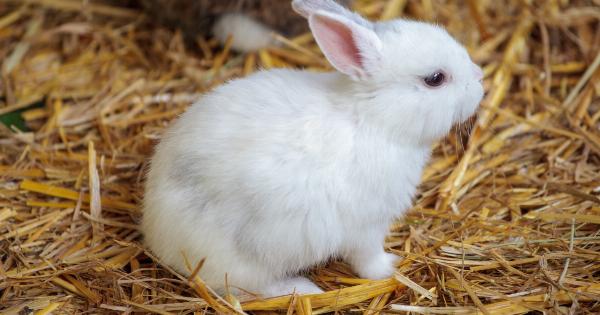In recent years, there has been a growing concern about the impact of meat production on the environment. The livestock industry is responsible for a significant amount of greenhouse gas emissions, deforestation, and water pollution.
Additionally, the production of meat requires a lot of resources, including land, water, and feed. These concerns have led to an increase in demand for meat alternatives that are more sustainable and environmentally friendly.
One of the newest and most promising meat alternatives is created through cellular agriculture. This revolutionary technology involves growing meat from animal cells in a lab, rather than through traditional animal agriculture.
The result is a product that is virtually identical to meat in taste, texture, and nutritional value, without any of the negative environmental impact.
What is Cellular Agriculture?
Cellular agriculture is a new and rapidly growing field that involves using cells to create animal products, such as meat, milk, and eggs.
These cells are obtained through a small biopsy of an animal and can be grown in a lab by providing them with the necessary nutrients and conditions for growth. The end result is a product that is identical to traditional animal products, but without the need for animal agriculture.
Cellular agriculture has the potential to revolutionize the food industry by providing an alternative to the environmentally damaging and inefficient animal agriculture system.
It also has the potential to address many of the ethical concerns related to the treatment of animals in the food industry.
Advantages of Cellular Agriculture
Cellular agriculture has numerous advantages over traditional animal agriculture. First and foremost, it has zero ecological impact. This means that it does not contribute to deforestation, water pollution, or greenhouse gas emissions.
Additionally, cellular agriculture is much more resource-efficient than traditional animal agriculture. It requires significantly less land, water, and feed to produce the same amount of meat.
Cellular agriculture also has the potential to reduce the spread of zoonotic diseases. Many of the major diseases that have arisen in recent years, such as SARS and COVID-19, have been linked to animal agriculture.
By reducing the need for animal agriculture, cellular agriculture can help to minimize the risk of these diseases spreading to humans.
The Future of Meat Production
The growth of cellular agriculture is just the beginning of a major shift in the way that we think about and produce meat.
As the technology improves and becomes more widely available, it is likely that more and more people will choose to switch to meat alternatives created through cellular agriculture.
There are still some challenges that need to be overcome before cellular agriculture can become a mainstream product. One of the biggest challenges is the cost.
Currently, cellular agriculture is much more expensive to produce than traditional meat products. However, as the technology improves and economies of scale are achieved, it is expected that the cost of cellular agriculture will decrease.
The Benefits of a Meat-Free Diet
While cellular agriculture offers a promising alternative to traditional animal agriculture, another option is to simply reduce or eliminate the consumption of meat altogether.
A meat-free diet can offer numerous benefits for both the environment and our health.
First and foremost, a meat-free diet is much more environmentally friendly. Livestock farming is responsible for a significant portion of greenhouse gas emissions, deforestation, and water pollution.
By reducing or eliminating the consumption of meat, we can significantly reduce our ecological footprint.
In addition to the environmental benefits, a meat-free diet can also offer significant health benefits. Studies have shown that vegetarians and vegans have a lower risk of heart disease, high blood pressure, and certain types of cancer.
Additionally, plant-based diets are typically much higher in fiber, which can help lower cholesterol and improve digestion.
Conclusion
The growth of cellular agriculture and the meat-free movement offer promising alternatives to traditional animal agriculture.
By reducing our consumption of meat and embracing more sustainable and environmentally friendly alternatives, we can help to minimize the negative impact of the food industry on our planet.































